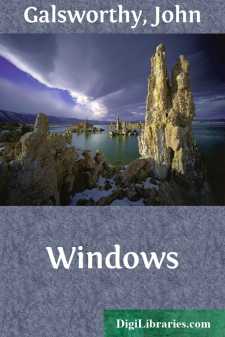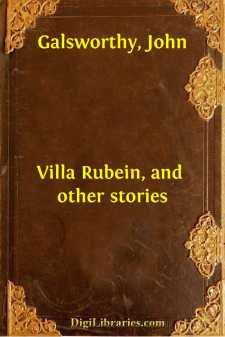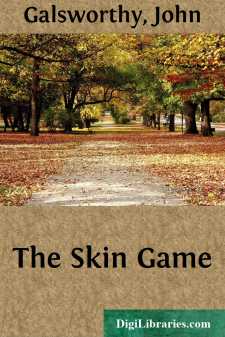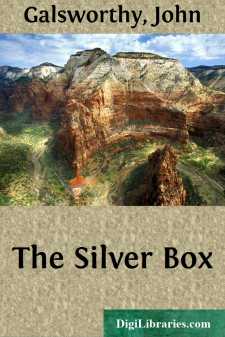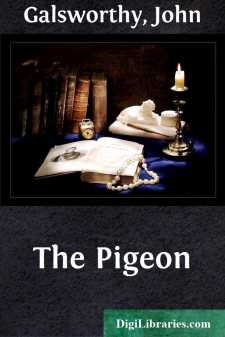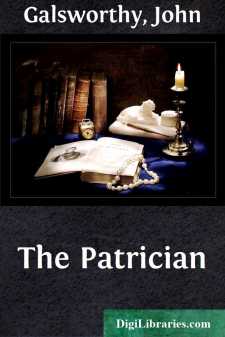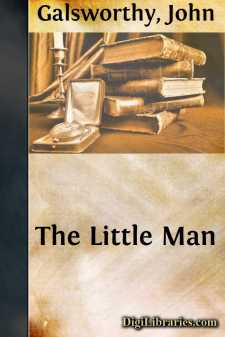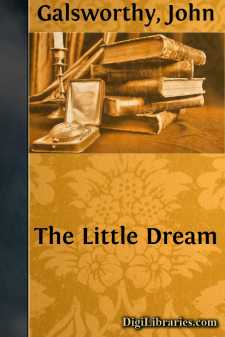Categories
- Antiques & Collectibles 13
- Architecture 36
- Art 48
- Bibles 22
- Biography & Autobiography 816
- Body, Mind & Spirit 145
- Business & Economics 28
- Children's Books 17
- Children's Fiction 14
- Computers 4
- Cooking 94
- Crafts & Hobbies 4
- Drama 346
- Education 58
- Family & Relationships 59
- Fiction 11834
- Foreign Language Study 3
- Games 19
- Gardening 17
- Health & Fitness 34
- History 1378
- House & Home 1
- Humor 147
- Juvenile Fiction 1873
- Juvenile Nonfiction 202
- Language Arts & Disciplines 89
- Law 16
- Literary Collections 686
- Literary Criticism 179
- Mathematics 13
- Medical 41
- Music 40
- Nature 179
- Non-Classifiable 1768
- Performing Arts 7
- Periodicals 1453
- Philosophy 66
- Photography 2
- Poetry 897
- Political Science 203
- Psychology 45
- Reference 154
- Religion 516
- Science 126
- Self-Help 85
- Social Science 82
- Sports & Recreation 34
- Study Aids 3
- Technology & Engineering 59
- Transportation 23
- Travel 463
- True Crime 29
John Galsworthy
John Galsworthy (1867-1933) was an English novelist and playwright renowned for his series of novels collectively titled "The Forsyte Saga," which offers a critical portrayal of the upper-middle-class in Britain during the late 19th and early 20th centuries. He was awarded the Nobel Prize in Literature in 1932 for his distinguished art of narration which takes its highest form in "The Forsyte Saga." Galsworthy was also a social activist, advocating for prison reform, women's rights, and animal welfare throughout his life.
Author's Books:
Sort by:
by:
John Galsworthy
ACT I The MARCH'S dining-room opens through French windows on one of thosegardens which seem infinite, till they are seen to be coterminouswith the side walls of the house, and finite at the far end, becauseonly the thick screen of acacias and sumachs prevents another housefrom being seen. The French and other windows form practically allthe outer wall of that dining-room, and between them and the...
more...
by:
John Galsworthy
PREFACE Writing not long ago to my oldest literary friend, I expressed in a moment of heedless sentiment the wish that we might have again one of our talks of long-past days, over the purposes and methods of our art. And my friend, wiser than I, as he has always been, replied with this doubting phrase "Could we recapture the zest of that old time?" I would not like to believe that our faith in...
more...
by:
John Galsworthy
ENCOUNTER Soames Forsyte emerged from the Knightsbridge Hotel, where he was staying, in the afternoon of the 12th of May, 1920, with the intention of visiting a collection of pictures in a Gallery off Cork Street, and looking into the Future. He walked. Since the War he never took a cab if he could help it. Their drivers were, in his view, an uncivil lot, though, now that the War was over and supply...
more...
by:
John Galsworthy
ACT I HILLCRIST'S study. A pleasant room, with books in calfbindings, and signs that the HILLCRIST'S have travelled, suchas a large photograph of the Taj Mahal, of Table Mountain, andthe Pyramids of Egypt. A large bureau [stage Right], devotedto the business of a country estate. Two foxes' masks.Flowers in bowls. Deep armchairs. A large French window open[at Back], with a lovely view of...
more...
by:
John Galsworthy
ACT I SCENE I The curtain rises on the BARTHWICK'S dining-room, large,modern, and well furnished; the window curtains drawn.Electric light is burning. On the large round dining-table isset out a tray with whisky, a syphon, and a silvercigarette-box. It is past midnight. A fumbling is heard outside the door. It is opened suddenly;JACK BARTHWICK seems to fall into the room. He stands holdingby the...
more...
by:
John Galsworthy
ACT I It is the night of Christmas Eve, the SCENE is a Studio, flushwith the street, having a skylight darkened by a fall of snow.There is no one in the room, the walls of which are whitewashed,above a floor of bare dark boards. A fire is cheerfullyburning. On a model's platform stands an easel and canvas.There are busts and pictures; a screen, a little stool, two arm.chairs, and a long...
more...
by:
John Galsworthy
CHAPTER I Light, entering the vast room—a room so high that its carved ceiling refused itself to exact scrutiny—travelled, with the wistful, cold curiosity of the dawn, over a fantastic storehouse of Time. Light, unaccompanied by the prejudice of human eyes, made strange revelation of incongruities, as though illuminating the dispassionate march of history. For in this dining hall—one of the...
more...
by:
John Galsworthy
ACT I It is half-past nine of a July evening. In a dining-roomlighted by sconces, and apparelled in wall-paper, carpet, andcurtains of deep vivid blue, the large French windows betweentwo columns are open on to a wide terrace, beyond which are seentrees in darkness, and distant shapes of lighted houses. On oneside is a bay window, over which curtains are partly drawn.Opposite to this window is a door...
more...
by:
John Galsworthy
SCENE I Afternoon, on the departure platform of an Austrian railwaystation. At several little tables outside the buffet personsare taking refreshment, served by a pale young waiter. On aseat against the wall of the buffet a woman of lowly station issitting beside two large bundles, on one of which she has placedher baby, swathed in a black shawl. WAITER. [Approaching a table whereat sit an English...
more...
by:
John Galsworthy
SCENE I It is just after sunset of an August evening. The scene is aroom in a mountain hut, furnished only with a table, benches.and a low broad window seat. Through this window three rockypeaks are seen by the light of a moon which is slowly whiteningthe last hues of sunset. An oil lamp is burning. SEELCHEN, amountain girl, eighteen years old, is humming a folk-song, andputting away in a cupboard...
more...


